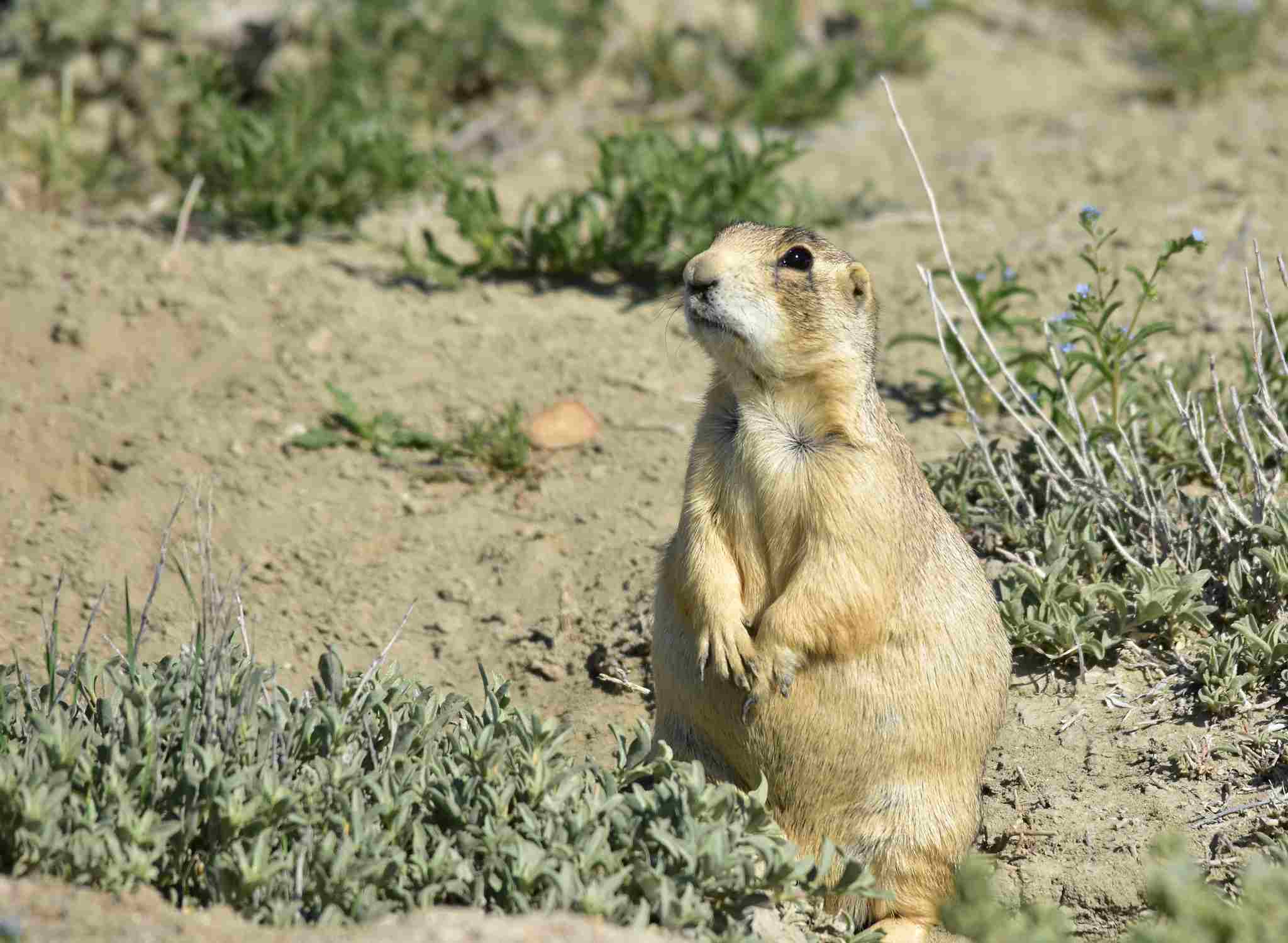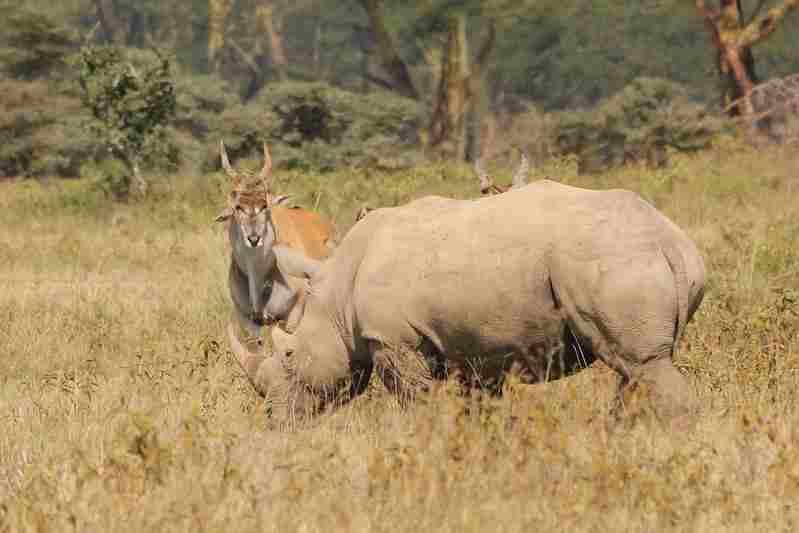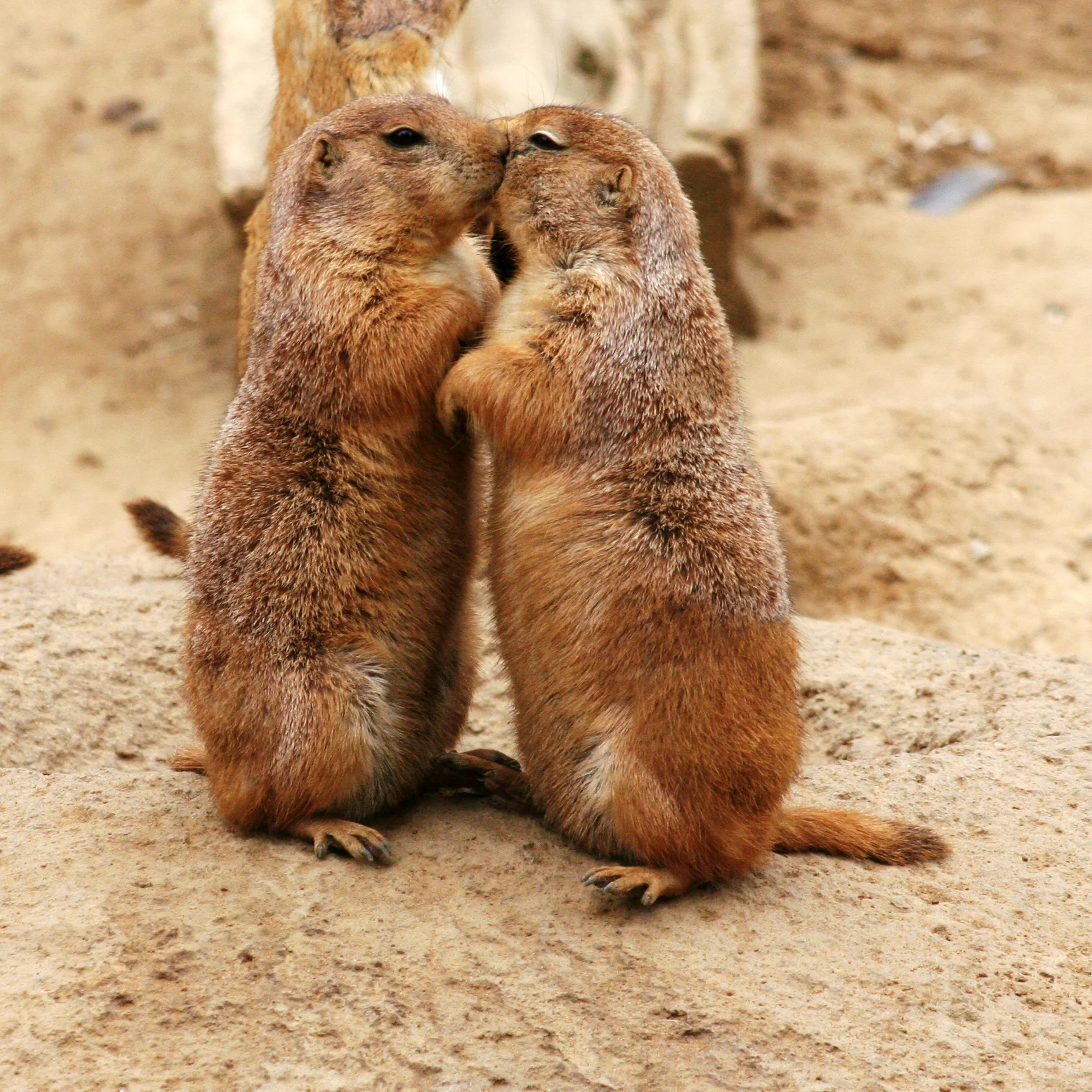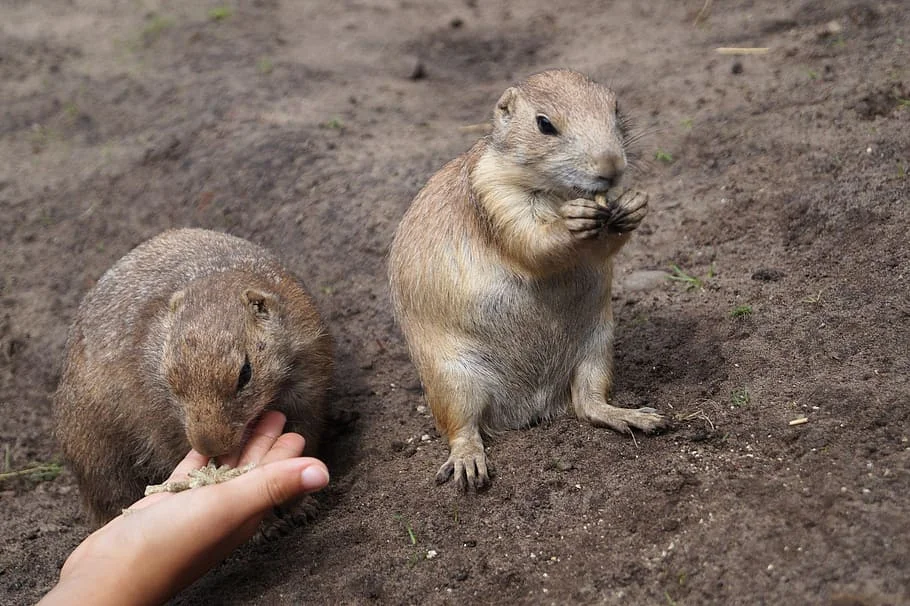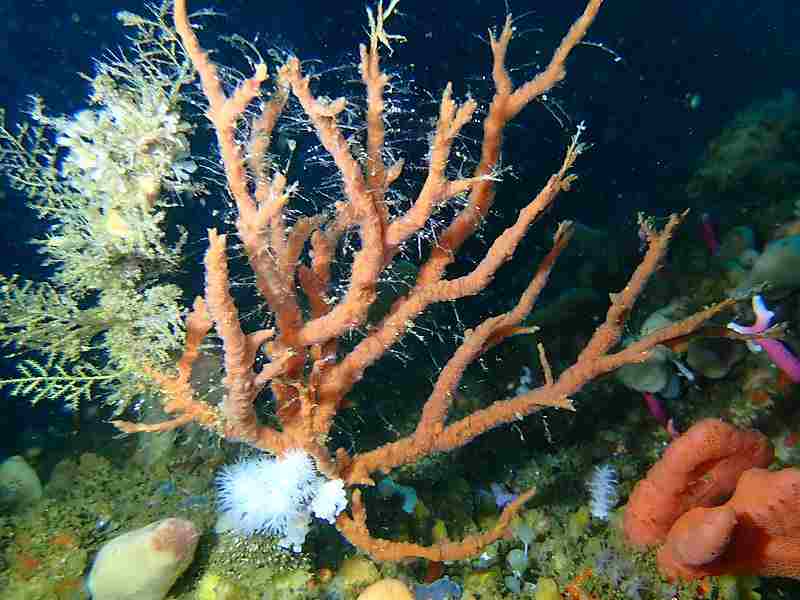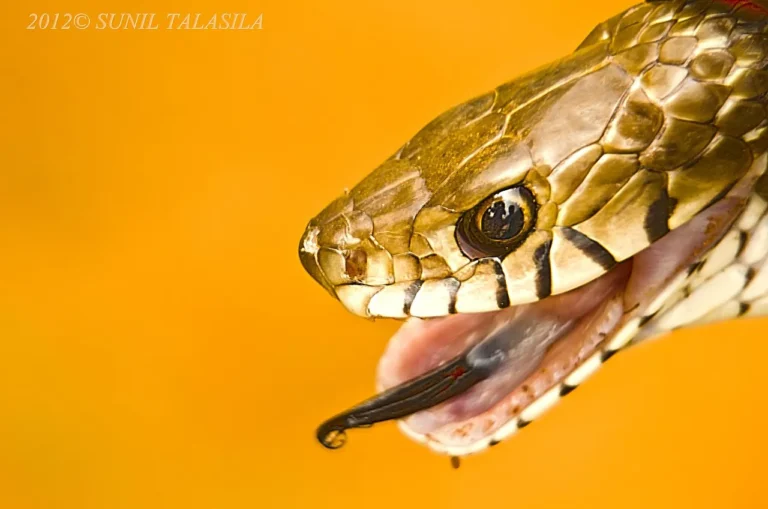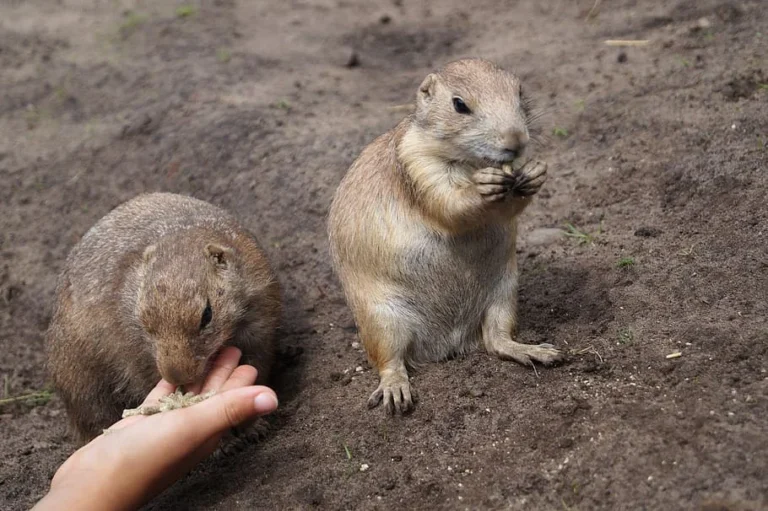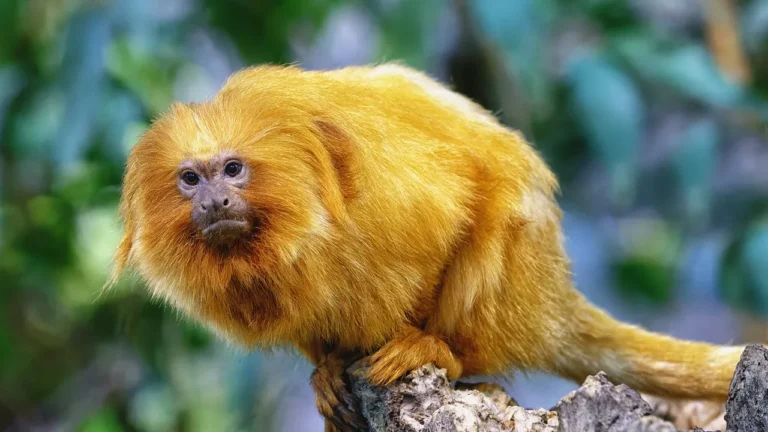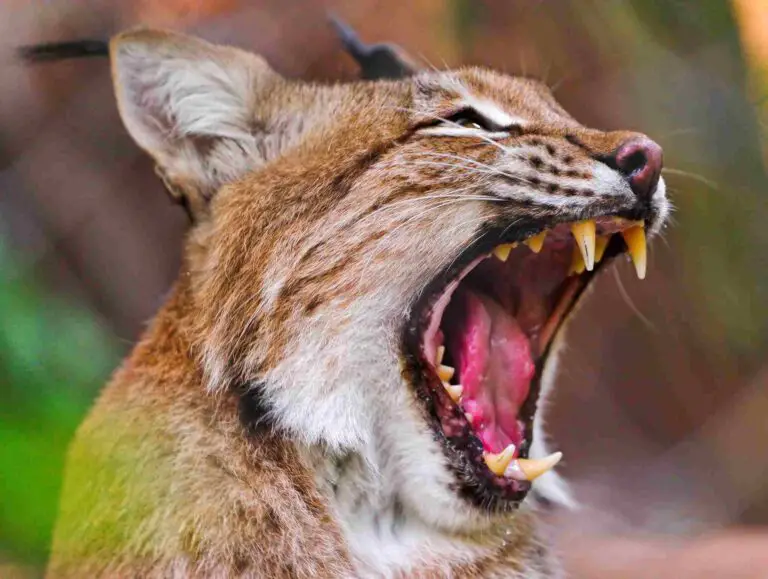Species Richness Definition, Calculation, Importance Explained
Species richness is the numerical estimate of the total number of organic species that occur in a given area.
This article discusses species richness definition, calculation and importance, as follows;
-Species Richness Definition: 4 Ways to Define Species Richness
-Why Species Richness is Important
Species Richness Definition: 4 Ways to Define Species Richness
Species richness is a measure of the number of species in a given area, and an example is the numerical estimate of total grass species in the Great Plain prairie of North America.
The above is a basic outline of species richness definition with an example. It shows that species richness does not always have to include all species of plants and animals in a region, but could specify the organic category(s) to include in its assessment. This makes it simpler and more feasible to produce an accurate estimate of species richness, especially for areas with a high level of diversity.
Below is an alternative definition that provides additional detail;
Species richness in biodiversity refers to the estimate of total number of species in a given region or ecosystem, which must be known in addition to the species evenness, in order to determine overall diversity of species, in the ecosystem [6].
An alternative species richness definition is given below, which compares it with closely-related ecological parameters like species evenness, diversity and abundance, which are mentioned in the preceding definition;
Species richness means the total number of species present in any region, and differs from species abundance, evenness and diversity; which refer to the number of organisms in a species, the relative number of organisms in various geographically-related species, and the combination of richness and evenness, respectively.
The final species richness definition that is given below outlines how to determine the value of species richness in any given location;
Species richness is an ecological parameter that is determined by dividing the total number of distinct species sampled on a defined region, by the areal span of the region itself.
For the above method, field work is usually required; in which the defined ecosystem is thoroughly traversed in order to sample most species present.
There are other contexts in which the value of species richness can be determined.
To determine species richness from a graph of organic abundance, the number of inputs along the axis representing organic species, must be counted.
Factors that determine species richness are simply called the 'determinants of species richness', and include; regional productivity, geo-climatic conditions, environment age, adaptation level, and rate of organic diversification [2].
Species Richness Calculation
Species richness can be calculated using the species richness formula/equation, which is given as;
R= n/A--- (1)
Where;
R= Species richness (species count/m^2)
n= Species count
A= Area (m^2)
The above is a most basic form of the species richness equation.
Depending on the size of the area being studied, species richness can be described as an alpha or gamma-level estimate [3].
Other ways to calculate species richness include the use of indices like Menhinick's index, Shannon's index, and Margalef's index [4] [5]. These indices provide a relative estimate, rather than a definite number, to represent species richness.
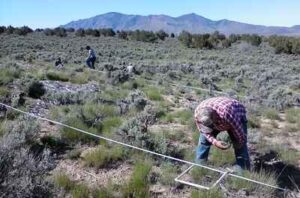
Why Species Richness is Important
It is important to have species richness of significant level in an ecosystem, because the presence of a large number of species creates diversity that helps to enhance the functioning of the ecosystem [1].
Species richness is an important measure of the diversification rate and level of an ecosystem, so that an estimate of species richness tells us the ecological resilience and degree of biologic heterogeneity of a given region.
Where there is low species richness, it is indicative of biologic homogeneity and low resilience, even if the abundance of organisms in each species is high.
Species richness is a good measure of biodiversity because it directly measures the biologic difference between organisms that coexist in a given biome.
With high species richness, food chains and energy pyramids become more active and productive, as organisms form complex inter-species relationships that enable them adapt and thrive under various environmental circumstances.

Conclusion
Species richness is the value derived when the number of species in an area is estimated either by direct counting or using an evaluative index.
The species richness formula is given as follows;
R= n/A
The importance of species richness includes;
1. Enhancement of ecologic functioning
2. Estimation of biodiversity
3. Role in ecologic resilience and productivity
References
1). Albrecht, J.; Peters, M. K.; Becker, J. N.; Behler, C.; Classen, A.; Ensslin, A.; Ferger, S. W.; Gebert, F.; Gerschlauer, F.; Helbig-Bonitz, M.; Kindeketa, W. J.; Kühnel, A.; Mayr, A. V.; Njovu, H. K.; Pabst, H.; Pommer, U.; Röder, J.; Rutten, G.; Schellenberger Costa, D.; Sierra-Cornejo, N.; Vogeler,.A.; Vollstädt, M. G. R.; Dulle, H. I.; Eardley, C. D.; Howell, K. M.; Keller, A.; Peters, R. S.; Kakengi, V.; Hemp, C.; Zhang, J.; Manning, P.; Mueller, T.; Bogner, C.; Böhning-Gaese, K.; Brandl, R.; Hertel, D.; Huwe, B.; Kiese, R.; Kleyer, M.; Leuschner, C.; Kuzyakov, Y.; Nauss, T.; Tschapka, M.; Fischer, M.; Hemp, A.; Steffan-Dewenter, I.; Schleuning, M. (2021). "Species richness is more important for ecosystem functioning than species turnover along an elevational gradient." Nat Ecol Evol. 2021 Dec;5(12):1582-1593. Available at: https://doi.org/10.1038/s41559-021-01550-9. Epub 2021 Sep 20. PMID: 34545216. (Accessed 6 March 2023).
2). Lu, H. P.; Yeh, Y. C.; Shiah, F. K.; Gong, G. C.; Hsieh, C. H. (2019). "Evolutionary constraints on species diversity in marine bacterioplankton communities." ISME J. 2019 Apr;13(4):1032-1041. Available at: https://doi.org/10.1038/s41396-018-0336-1. (Accessed 6 March 2023).
3). Moore, J. C. (2013). "Diversity, Taxonomic Versus Functional." Encyclopedia of Biodiversity (pp.648-656). Available at: https://doi.org/10.1016/B978-0-12-384719-5.00036-8. (Accessed 6 March 2023).
4). Mulya, H.; Santosa, Y.; Hilwan, I. (2021). "Comparison of four species diversity indices in mangrove community." Biodiversitas Journal of Biological Diversity 22(9). Available at: https://doi.org/10.13057/biodiv/d220906. (Accessed 6 March 2023).
5). Pyron, M. (2010). "Characterizing Communities." Nature Education Knowledge 3(10):39. Available at: https://www.nature.com/scitable/knowledge/library/characterizing-communities-13241173/. (Accessed 6 March 2023).
6). Wilsey, B.; Stirling, G. (2007). "Species richness and evenness respond in a different manner to propagule density in developing prairie microcosm communities." Plant Ecology 190(2):259-273. Available at: https://doi.org/10.1007/s11258-006-9206-4. (Accessed 6 March 2023).

